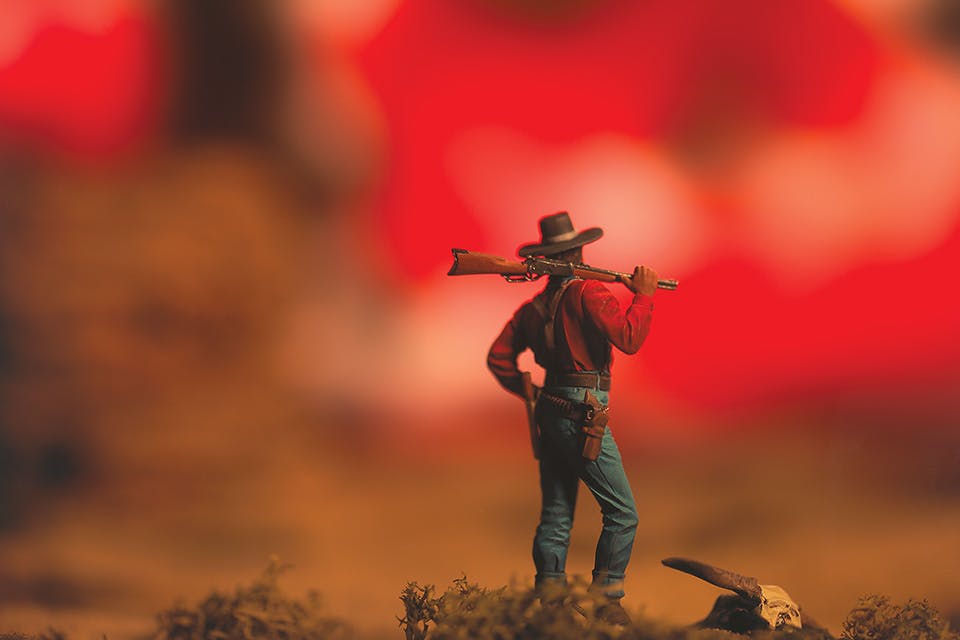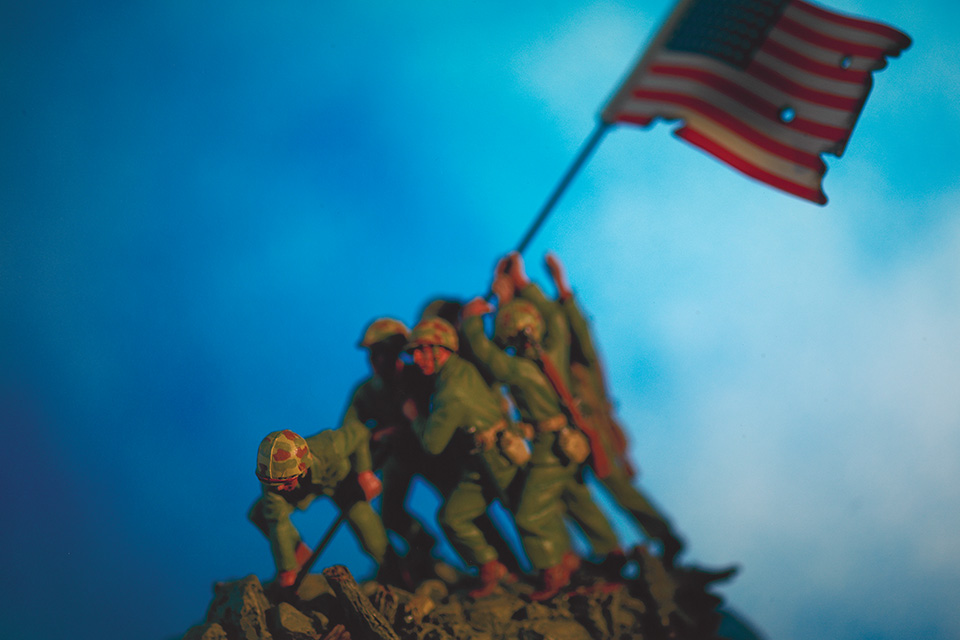Arts
‘American Myth & Memory: David Levinthal Photographs’ in Dayton
Artist David Levinthal’s intriguing photography merges American myth and memory. It is the focus of a fall exhibition at the Dayton Art Institute.
Related Articles

Explore Prohibition History at the Anti-Saloon League Museum
The Westerville History Museum shares how the city was once the headquarters of the Anti-Saloon League, an organization which helped spur the enacting of the 18th amendment. READ MORE >>

New Book Details Origins and Evolution of Dayton’s Carillon Historical Park
The destination’s vice president of museum operations Alex Heckman and curator Steve Lucht wrote the 222-page, hardbound coffee-table book. READ MORE >>

See ‘Heartland: The Stories of Ohio Through 250 Objects’ in Lancaster
The Decorative Arts Center of Ohio hosts an artifact-focused exhibition that tells the story of our state through a collection of family keepsakes and iconic inventions. READ MORE >>




